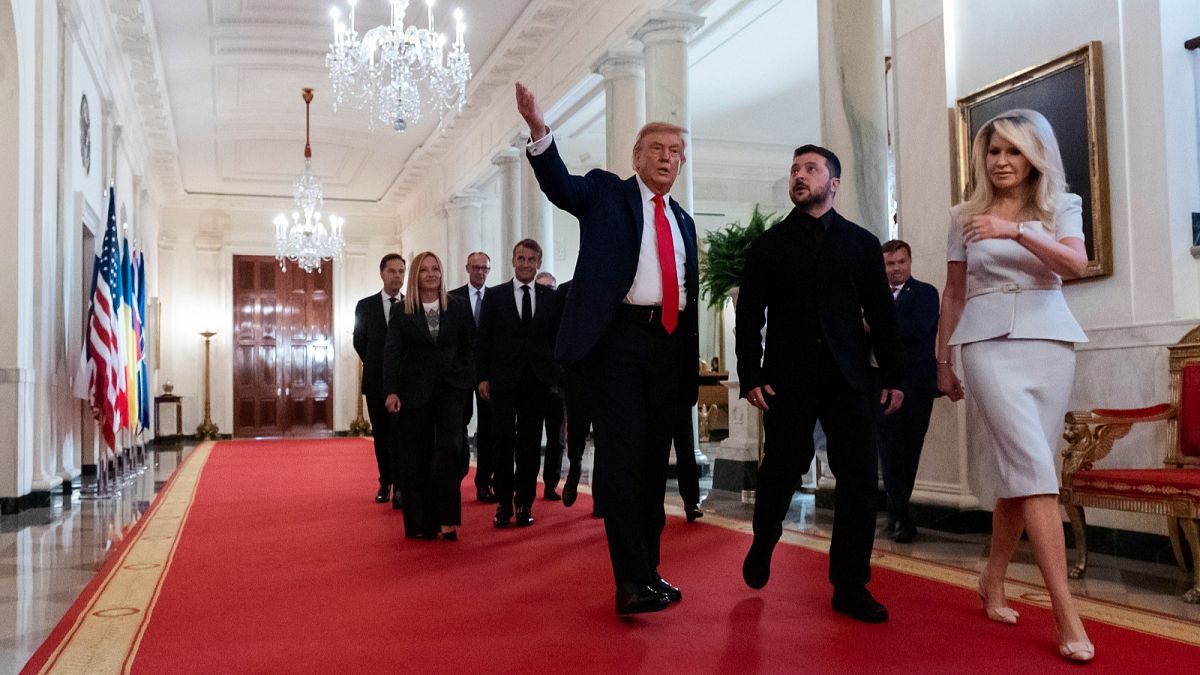UN, Palestinians, Israel: A Stalled Two-State Solution

Reimagining the Palestinian Narrative
Foundations of Conflict
1947 Partition: The UN General Assembly’s Resolution 181 divided pre‑mandate Palestine into separate Jewish and Arab states, adding an international zone for Jerusalem. Zionist leaders accepted the move, while Arab states and Palestinian voters rejected it. Israel declared independence in May 1948, sparking the Arab‑Israeli war which Israel won decisively in 1949. A flood of roughly 760,000 Palestinians fled or were expelled, an event dubbed the Nakba, Arabic for “catastrophe,” acknowledged by the UN only in May 2023.
Asserting Self‑Determination
1967 Six‑Day War: UN Security Council Resolution 242 called for Israel to withdraw from territories occupied during the conflict, including the West Bank, Gaza and eastern Jerusalem. The resolution’s wording differences between English and French versions left its scope ambiguous. In November 1974, Yasser Arafat of the Palestine Liberation Organization (PLO) spoke to the General Assembly, presenting both “an olive branch and a freedom fighter’s gun.” Overnight, the Assembly recognized Palestinian right to self‑determination and independence, granting the PLO observer status as representative of Palestinians.
Oslo Diplomacy, Independent of UN
1993 Oslo Accords: One of the strongest peace initiatives emerged from Norway, not the UN. Secret negotiations in Oslo’s capital produced a declaration of principles on Palestinian autonomy. In 1994, Arafat returned to Palestinian territories after a prolonged exile and established the Palestinian Authority (PA), the governing body for Gaza Strip and West Bank.
US Influence on UN Security Council
- 1972‑Present: Washington has vetoed more than 30 resolutions to shield Israel.
- March 2002: Council, under U.S. initiative, adopted Resolution 1397, first to mention a Palestinian state alongside Israel, with secure, recognized borders.
- December 2016: For the first time since 1979, the Council called on Israel to halt settlement construction in Palestinian territories, thanks to U.S. abstention.
- March 2024: U.S. abstention, pressured by the international community, allowed the Council to call for an immediate ceasefire amid Israel’s offensive against Hamas in Gaza, sparked by October 7 attacks. The U.S. had blocked three similar drafts beforehand.
Path Toward Recognition?
2011‑2015: President Mahmoud Abbas of the PA commenced the process to request UN membership for the State of Palestine, requiring positive recommendation from the Security Council followed by a favorable General Assembly vote. U.S. opposition halted the process before a Council vote. In 2012, the Assembly granted Palestinians the status of “non‑member observer State.”
April 2024: Palestinians renewed their bid for full membership, but the U.S. vetoed it. If the Security Council had cleared the hurdle, the Assembly could have approved the bid with a two‑thirds majority. According to AFP data, 142 of 193 UN members unilaterally recognize a Palestinian state. In 2024, the Assembly granted the Palestinians new rights: they were added to the alphabetical state listing and gained the ability to submit resolution proposals independently for the first time.
Key Takeaway
While international support for Palestinian statehood has grown, the intricate interplay of UN resolutions, U.S. vetoes, and shifting global politics continues to shape the fate of Palestinians in Gaza and beyond.




